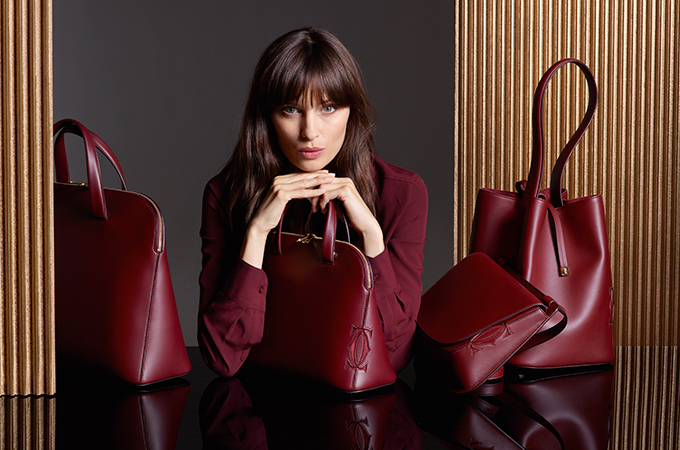Winter 2020
For art and history aficionados, Fabergé is a name inextricably linked with beautifully crafted and unique, bejewelled Easter eggs made by royal appointment in Tsarist Russia.
In 2013, Gemfields acquired Fabergé with the aim to create a globally recognised coloured gemstone champion, building on the brand’s exceptional heritage, and five years later it opened a Fabergé store in Dubai.
Fabergé’s famous imperial eggs, made from precious metals and gemstones, were the hallmark of genius: apart from being intricate works of art that often took makers over a year to finish, all the eggs contained a special element of surprise within them. Whether or not, all the parts of the eggs survive today, the worth of each egg still runs into several millions of dollars, due to their exceptional beauty, sense of surprise and, undoubtedly, their connection to the Tsarist Russia of yore.
“Discovery and surprise both have always been and remain paramount to what we do,” Antony Lindsay, Managing Director of Faberge, tells Arabian Knight.
With Gemfields as its holding company since 2013, Fabergé has a distinct advantage of working with gems they own. Lindsay tells us: “Being a member of the Gemfields Group – the world’s largest responsibly sourced gemstone mining company, offers Fabergé tremendous access to the very finest gemstones in the world. Gemfields specialises in the mining and marketing of emeralds and rubies from some of the finest sources in the world.”
Gemfields recently took part in Knight Frank’s Luxury Investment Index, exploring the increasing value of coloured gemstones currently outperforming the wider jewellery market in 2019. The index concluded that record-breaking auctions of emerald and sapphire jewellery alongside a threefold rise in ruby prices were fuelling coloured gemstones’ increasing popularity with investors and collectors.
Fabergé was first launched in 1842 as a jewellery shop in St Petersburg by Gustav Fabergé but reached the heights of its achievements under his son Peter Carl Fabergé’s leadership. The reason we know Fabergé as a brand today is because Emperor Alexander III commissioned an Easter egg from Fabergé in 1885 as a present for his wife, Empress Maria Feodorovna.






























.jpg)

-2.jpg)